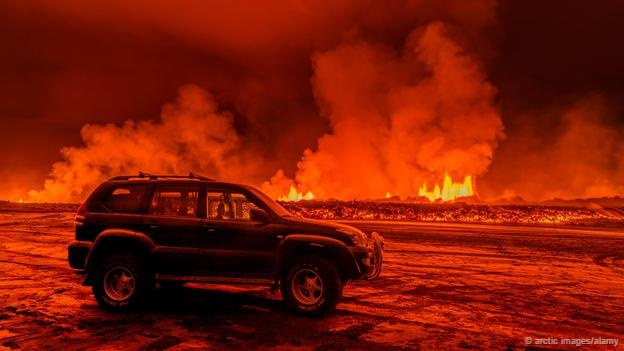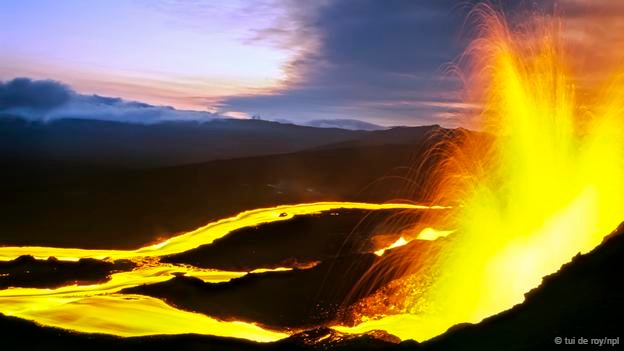Last August, in southern Iceland, the flanks of the volcano Bardarbunga ripped open and fountains of lava spouted skyward. Molten rock oozed downhill making its way toward the sea. The eruption has now come to an end but the volcano continues to pump gases into the atmosphere. Scientists are still monitoring it closely.
“Bardarbunga has really, for the first time, seriously showed its power,” says Pall Einarsson, a geophysicist at the University of Iceland. But, for now, the eruption has followed what Einarsson describes as the “best case scenario.” Aside from the occasional air pollution affecting eastern Icelanders, its impacts have been minimal and it bears little resemblance the granddaddy of Icelandic volcanoes: Laki.

Laki’s eruption started in 1783 and, for eight long months, it spewed lava and noxious gases. The sulphur dioxide created acid rain that decimated Iceland’s vegetation, and fluorine gas settled on the grass eventually killing sixty percent of the livestock. More than a fifth of the Icelandic population, approximately 10,000 people, died from famine or disease.
But Laki’s devastation spread well beyond the ‘island of fire and ice.’ The sulphurous haze quickly reached Europe, damaging crops and blocking out the sun’s rays, leading to cooler temperatures. Even in Alaska, the summertime temperatures were 4 Celsius less than the norm and Russian traders noted a population decrease in the Inuit.
Although the ultimate death toll from Laki might be near impossible to estimate, the volcano definitely earns its place amongst the world’s deadliest. It’s a list that includes Indonesia’s Tambora volcano, which erupted in 1815, and Columbia’s Ruiz volcano, which claimed the lives of local Columbians as recently as 30 years ago.




